Search
Search Results
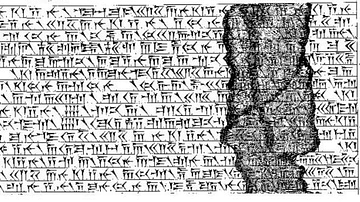
Image
Behistun Inscription, Column 1
Behistun Inscription, Column 1 (DB I 1-15)
Sketch: Fr. Spiegel, Die altpers. Keilinschriften, Leipzig
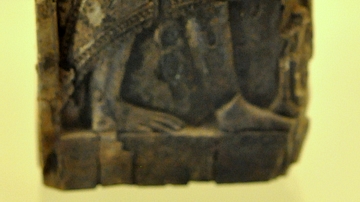
Image
Carved Ivory from Sam'al
Ivory during the early ion age at Sam'al was used to decorate precious furniture and cosmetics boxes and most of them, when found, were burnt and charcolized by fire. Egyptianized scenes were the predominant ones. 9th to 7th century BCE...
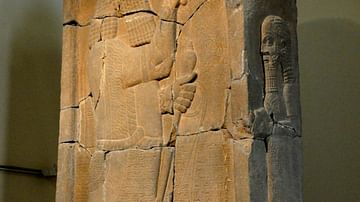
Image
Sam'al Stele of King Esarhaddon
This commemorative basalt stele depicts the Assyrian king Esarhaddon worshiping gods and symbols of gods. The king's left hand holds a royal mace and two ropes. These ropes pass through the lips of two captives. The kneeling smaller figure...
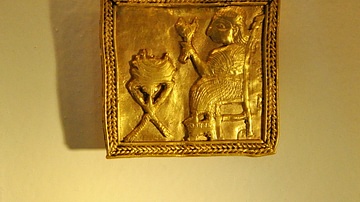
Image
Gold Plate from Sam'al
Golden plate with a funeral scene. 9th to 7th century BCE. From Sam'al/Zincirli, modern-day Southern Turkey. (Pergamon Museum, Berlin)
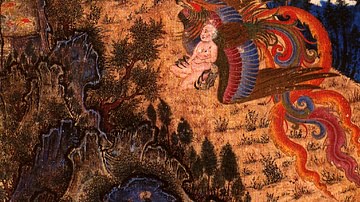
Definition
Ancient Persian Mythology
The mythology of ancient Persia originally developed in the region known as Greater Iran (the Caucasus, Central Asia, South Asia, and West Asia). The Persians were initially part of a migratory people who referred to themselves as Aryan...
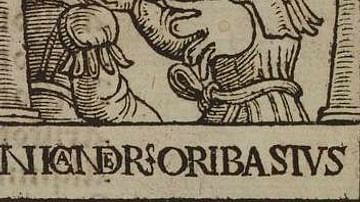
Image
Oribasius
Oribasius (c. 320-400/403 CE). Close-up of the title page of Spiegel der Artzney by Lorenz Fries, with 24 portraits of physicians, Strasbourg: Balthasar Beck, 1532 CE.
British Museum, London.
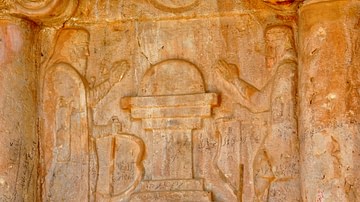
Article
Ancient Persian Gods, Heroes, and Creatures - The Complete List
The term 'mythology' comes from the Greek mythos (story-of-the-people) and logos (word or speech), meaning the spoken story of a people. Every civilization of the ancient world developed a belief system, which is characterized as 'mythology'...
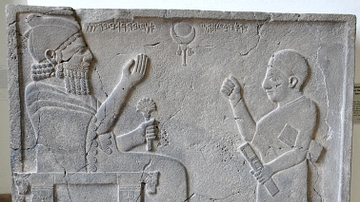
Image
Prince Barrakib
This basalt wall relief depicts Prince Barrakib (Bar-Kib) sitting on a throne. Before him, a scribe stands with a writing tablet beneath his arm. The Aramaic inscription besides his head reads "I'm Barrakib, son of Panammwua". After this...
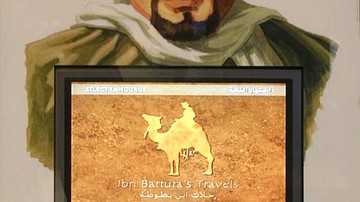
Definition
Ibn Battuta
Ibn Battuta (l. 1304-1368/69) was a Moroccan explorer from Tangier whose expeditions took him further than any other traveler of his time and resulted in his famous work, The Rihla of Ibn Battuta. Scholar Douglas Bullis notes that “rihla”...
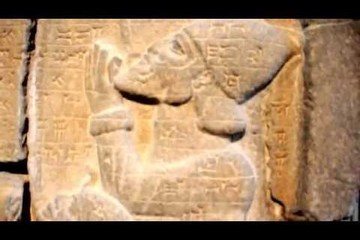
Video
Sam'al Stela of the Assyrian King Esarhaddon
This commemorative basalt stela depicts the Assyrian king Esarhaddon worshiping gods and symbols of gods. The king's left hand holds a royal mace and two ropes. These ropes pass through the lips of two captives. The kneeling smaller figure...